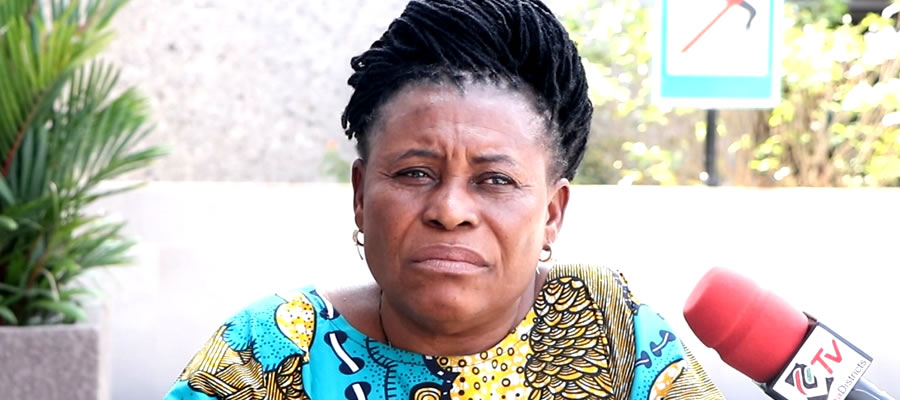

location and size
Size: 820 square kilometres
Location
The South Tongu District, which was carved out of the Tongu District, is one of the Eighteen districts in the Volta Region. The district is located in the southern part of the Volta Region and bounded to the north by the North Tongu District, to the east by the Akatsi and Ketu Districts, to the west by Dangme East District of the Greater Accra Region and to the south by the Gulf of Guinea. The district has a total land area of 594.75 sq km and lies between latitudes 6°N, 5°45N and longitudes 30°30W.
Topology and drainage
The district is generally low lying by virtue of its location within the coastal plain, but rises gradually to a height of 75 metres above sea level. The underlying rocks in the district are metamorphic in origin and mainly consist of gneiss and schist’s. The district is drained mainly by the Volta River, which runs along the districts western boundary with Dangme East District. There are also numerous streams, which run across the district; prominent among them are the Chinwi and Todzi, with a number of lagoons in the southern section. Notable among these lagoons is the Avu lagoon located east of Dabala. The lagoons account for the marshy nature of the landscape in the southern section. These numerous water bodies in the district are fertile ground for migratory birds and therefore could be harnessed for the promotion of bird watching sites. The marshy landscape could also be exploited for the cultivation of crops such as sugarcane and rice. Few islands can be found in the district. These could be developed to attract tourist into the district. The presence of the River Volta could also be harnessed to promote water sport.
Climate and vegetation
The district lies within the wet semi-equatorial and dry equatorial climate zones. The northern part of the district lies within the wet semi-equatorial zone while the southern part is in the dry equatorial climatic zone. The climate of the district is also influenced by the southwest monsoon winds twice a year resulting in a double rainfall regime. The average rainfall for the district is about 73mm per year. A careful study of the rainfall figures for the last three years indicates an annual drop in the rainfall figures. In 2003 the average rainfall was 80.23mm but this reduced to 72.9mm and 64.5mm in 2004 and 2005 respectively. In a district where farmers depend mainly on rain fed agriculture, this trend has a lot of implications for food security. Emphasis should be placed on irrigation to ensure adequate food production and regular income for farmers.
The district is located within the coastal savannah vegetation zone. The southern section is covered with swamps and mangroves, while the northern section is predominantly savannah woodland. The savannah vegetation supports livestock production, this has put the district among the largest livestock producing districts in the country. Children are unfortunately used in livestock rearing as means of cheap labour. The swampy sections are wetlands that are to be protected but are being exploited due to the poverty level of the people living in those areas. Very important rare species of animals and birds such as the sitatunga are becoming extinct in the wetlands. The swampy nature of vegetation supports crops such as okro, sugarcane and rice. The district has no forest reserves and this has affected the rainfall pattern and the general environment. Efforts are being made to cultivate private and community woodlots to improve the vegetation in the district.
Geology and soil
The geological formation of the district consists of the Dahomeyan Acidic Gneiss, Acidic Gneiss and Schist, which do not bear any mineral of economic significance. Soils developed over these rocks-, however, provide fertile land for agricultural purposes.
Date Created : 11/29/2017 4:03:49 AM









 facebook
facebook
 twitter
twitter
 Youtube
Youtube
 +233 593 831 280
+233 593 831 280 0800 430 430
0800 430 430 GPS: GE-231-4383
GPS: GE-231-4383 info@ghanadistricts.com
info@ghanadistricts.com Box GP1044, Accra, Ghana
Box GP1044, Accra, Ghana